An interesting thematic roof for everybody?!
Sometimes, general theme roofs for events are a bit … well too across-the-board – like “future is good for everyone” (a nonsense phrase, that might occur on the wall on a political party conference). Everyone can nod, but no one has a clue.
Not so this year at the virtual Tropentag: “Food and nutrition security and its resilience to global crises“ – that sounds for me to be a perfect roof for so many topics being presented and discussed. Today we have 18 (!) oral thematic sessions, in three rounds throughout the afternoon. Wow, a huge challenge for curious people with difficulties in decision making. Ah, you like data? For today I counted 84 presentations in the 18 sessions, together with the two dozen from yesterday it´ll 108 inputs together. And then, there should be all in all 227 posters (with 207 really uploaded). Uff.
Today, during the last round with six parallel ongoing live sessions, I tried to listen to two streams at the same time. Something, you definitely couldn´t manage at an offline event! Don´t ask me, how much I understood or even kept in mind. But it brought up an idea: I opened all six (!) streams in different browser windows, put the sound on, dispensed and arranged them nicely on my screen. Wow – now I felt like in the world headquarter of sub-/tropic agricultural research! I decided to record this with my screencast tool, launched it, pressed record … and my computer totally crashed. Too much input leads to a blue screen. A pitty, as I planned to publish a 30 second film from that here.
Okay, after also re-organizing my own synapses, I decided to stick to the 2020´s claim. But still – it might be part of nearly every content. Some examples, I could catch today …
- Is there a hidden pool of Apple diversity in northern Pakistan? (Spoiler: yes!) is asking Martin Wiehle and his colleagues.
- A group of five around Gil Gram told me about the potential of CSA (=climate-smart agriculture), here by a Meta-Analysis on combing organic and mineral fertilisers for integrated soil fertility in sub-saharan Africa.
- The worldwide trend for urbanisation has been an issue. Losira Sanya for example worked with a team in Uganda on backyard gardening innovations. Trying to find suitable solutions for people with no or little and resources to grow or for cattle. Cultivating vegetables in sacks, sounds known for me – but on my balcony it is a hobby and not a necessity, as I have supermarkets, farmer´s markets and everything just around me. Losira explains, that they also bring farmer for seed production in the game:
- Several presentations covered, how animals (especially cows) could be animated to produce less climate relevant gases (they´re really good in this, unfortunately). I already saw at first perplexing pictures of cows, breaking their winds in huge plastic sacks (to collect the data). Of course, one can´t avoid this, but the gases can be reduced, as a project in Bengaluru, India showed.
- What was kind of easy to understand for me as a non-expert, that it depends on what gras the cows are fed with, as shown by Amina Ahmed with details from Morogoro, Tanzania.
- Then I also got to know a life circle assessment approach for cattle – from cradle to farm gate:
That was Phyllis Ndung´u, reporting from their studies in Western Kenya. For those, you are interested in some details – here they are:
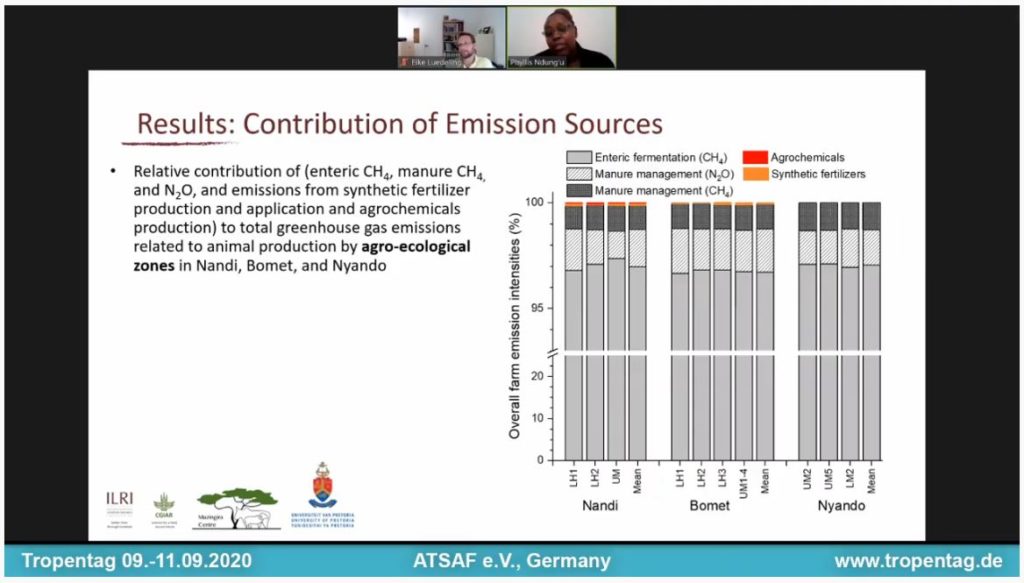
My grandpa was a part-time farmer in Rhineland-Palatinate, Germany. What I loved most in those days – cherry harvest in summer! Yummie. But – their had to be fruits to harvest at all. One frosty night in spring, uah … The cherry farmer in Chile are obviously facing similar problems, as I learned in another presentation. Chile is among the top five countries worldwide in cherry production. And, due to climate change, this branch of economy gets under pressure.
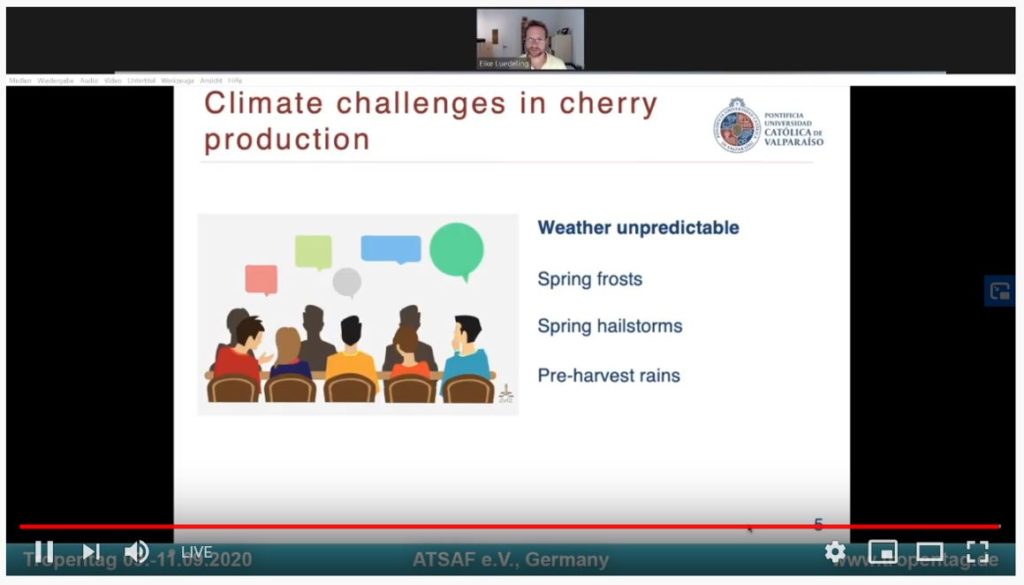
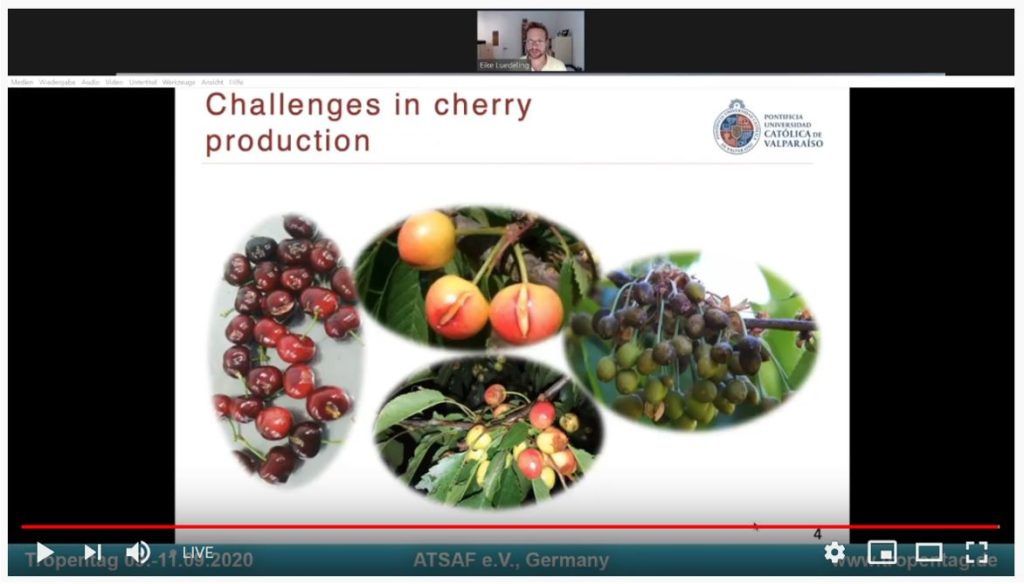
So, the object was to find out, wether the usage of plastic covers would be useful (yes!) and economicly worthwhile (depends). Another nice example for me, how deeply everything is connected.
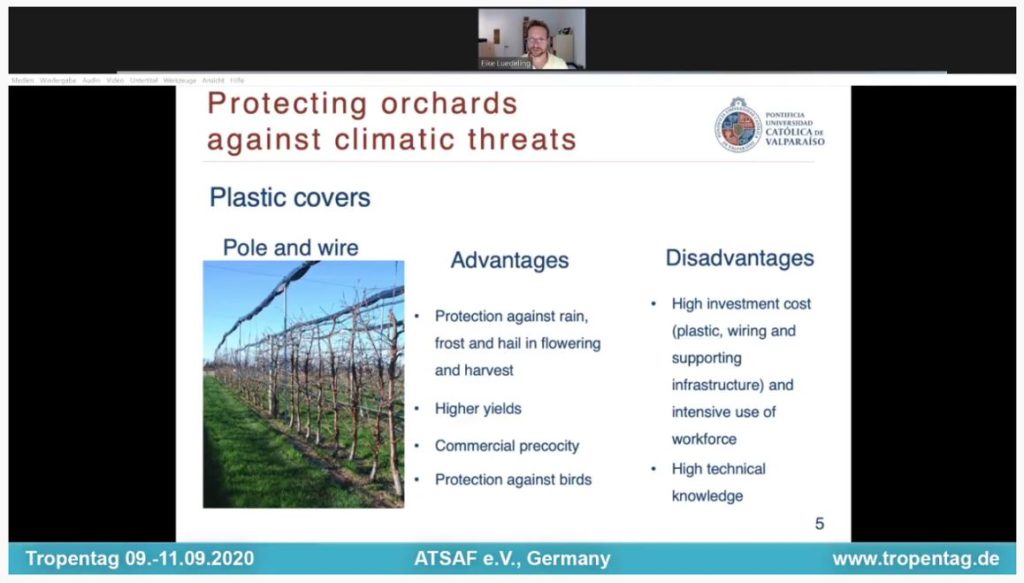
Gosh – I could go on and on. But, stop it. Let it be edible insects in Asia or small fish (instead of large fish) in central Africa (both important as available and affordable protein sources), let it be weather forecasts for farmers in Vietnam … I´ll leave you – with the tip to watch and learn by yourself. Here:
https://www.youtube.com/channel/UCqzy3hZUEVIxfnIkl3Wkk-w
All the sessions will be available there, for free and on demand. Go fishing!

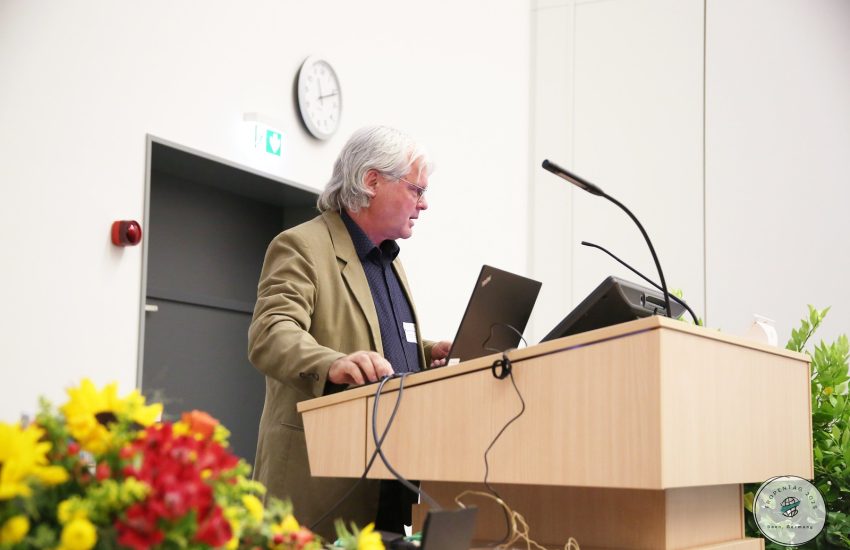
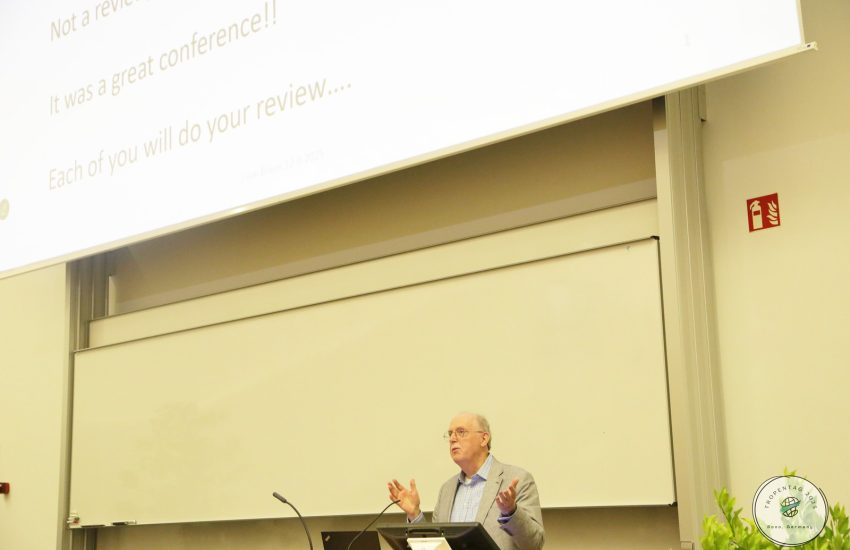
we are proud of you Dr. Losira Sanya. Thank you very much for sharing knowledge of vegetable growing. I also appreciate the organizers for knowledge sharing platform.
All the best.